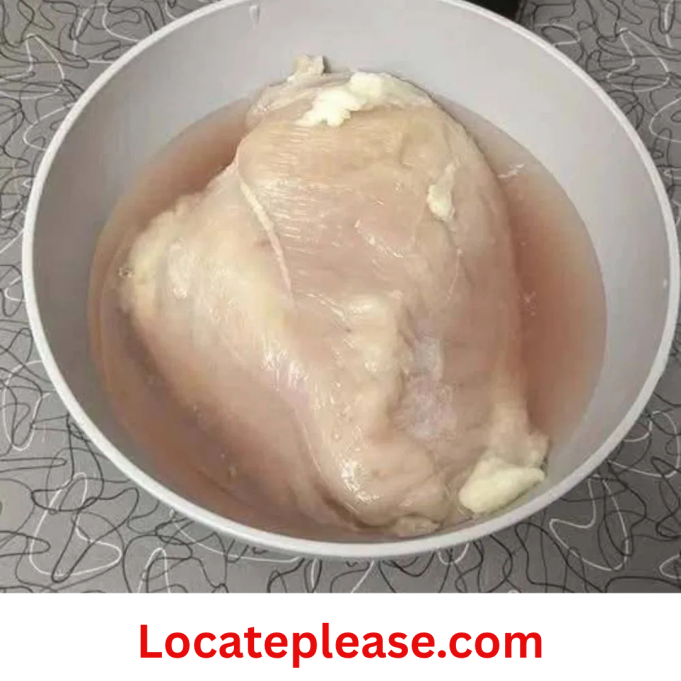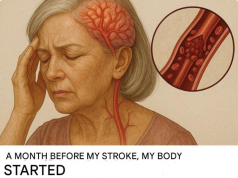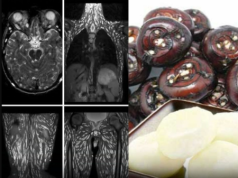We’ve all been there: it’s late, hunger strikes, and the fridge holds a tempting container of last night’s roast chicken. But before you take a bite, one crucial question arises: Is it still safe to eat?
Understanding the risks behind leftover meat—especially poultry—is essential for protecting your health. With the right knowledge, you can enjoy your leftovers confidently—or know when it’s time to let go.
The Danger Zone: Where Bacteria Thrive
The term “danger zone” refers to the temperature range between 40°F (4°C) and 140°F (60°C). Within this window, harmful bacteria like Salmonella, E. coli, and Staphylococcus aureus multiply rapidly—doubling in number every 20 minutes under ideal conditions.
When cooked chicken or beef sits out too long in this range, it becomes a breeding ground for pathogens. And once these microbes multiply, they can produce toxins that may survive even reheating.
Why Chicken Is Especially Risky
Chicken demands extra caution because:
- Poultry naturally carries harmful bacteria such as Salmonella and Campylobacter, which require thorough cooking to destroy.
- Even after proper cooking, recontamination can occur from unclean utensils, cutting boards, or airborne particles.
- Some bacteria produce heat-stable toxins—meaning that even if you reheat the chicken to steaming hot, those toxins remain active and can make you sick.
In short: just because it looks and smells fine doesn’t mean it’s safe.
How Long Is Too Long? The Two-Hour Rule
Food safety experts agree on a clear guideline:
✅ Refrigerate cooked food within 2 hours of cooking.
❌ If the room is above 90°F (32°C), refrigerate within 1 hour.
This rule applies whether it’s chicken, beef, or any perishable dish. After this window, bacterial growth increases significantly—even if the food appears normal.
Never rely on smell or appearance alone. Harmful bacteria often don’t change the way food looks, smells, or tastes until it’s too late.
Safe Storage Practices for Leftovers
To keep your leftovers both delicious and safe:
- Cool quickly: Transfer cooked chicken to the fridge as soon as possible, ideally within the 2-hour window.
- Use shallow, airtight containers: This helps food cool faster and reduces exposure to contaminants.
- Label and date: Store cooked poultry in the refrigerator for no more than 3–4 days. Beyond that, even cold temperatures won’t stop slow-growing bacteria.
- Freeze for longer storage: If you won’t eat it within four days, freeze it. Freezing halts bacterial growth indefinitely.
Can Reheating Save Spoiled Food?
While reheating kills many live bacteria, it does not destroy all toxins produced during prolonged exposure to the danger zone. Once certain toxins form—like those from Staphylococcus aureus—they are heat-resistant and can cause illness even in thoroughly reheated food.
✅ When reheating, always ensure the internal temperature reaches 165°F (74°C) throughout. The meat should be piping hot, not warm.
But remember: reheating is not a fix for improperly stored food.
When in Doubt, Throw It Out
Prevention is far safer than dealing with food poisoning. Discard cooked meat if:
- It’s been left at room temperature for more than 2 hours (or 1 hour in hot weather).
- It was stored in a warm environment (like a car or sunlit kitchen).
- You’re unsure how long it’s been sitting.
- It has an off smell, slimy texture, or unusual color.
That small cost is nothing compared to a night of nausea, vomiting, or worse.
In Summary: Key Takeaways
- Cooked chicken (and other meats) should never sit out longer than 2 hours—less in hot conditions.
- Chicken poses a higher risk due to its susceptibility to dangerous bacteria and toxin production.
- Proper refrigeration is critical: Cool quickly, store properly, and consume within 3–4 days.
- Freeze extras early to extend shelf life safely.
- Reheating helps, but isn’t foolproof. It won’t neutralize all toxins formed during improper storage.
Leftovers can be a gift—but only when handled with care. That piece of chicken might look harmless, but invisible threats could be lurking. By respecting time, temperature, and hygiene, you protect not just your meal, but your well-being.
Because when it comes to food safety, better safe than sorry isn’t just a saying—it’s survival.










